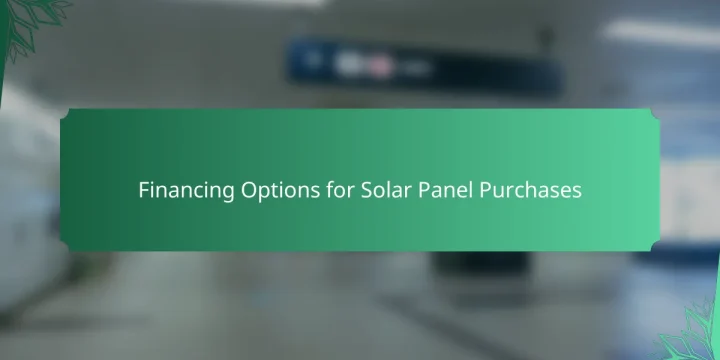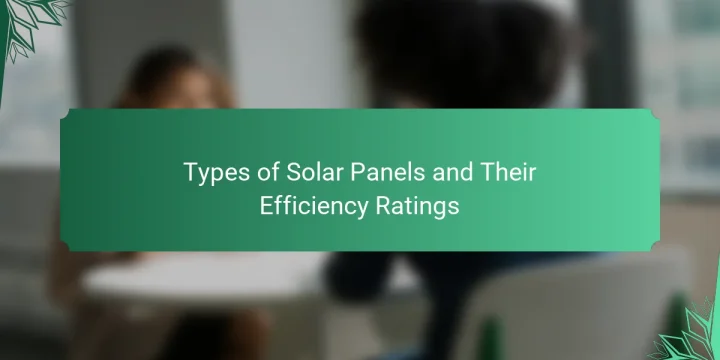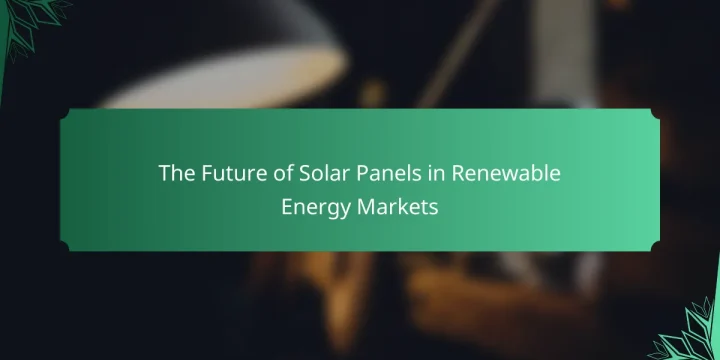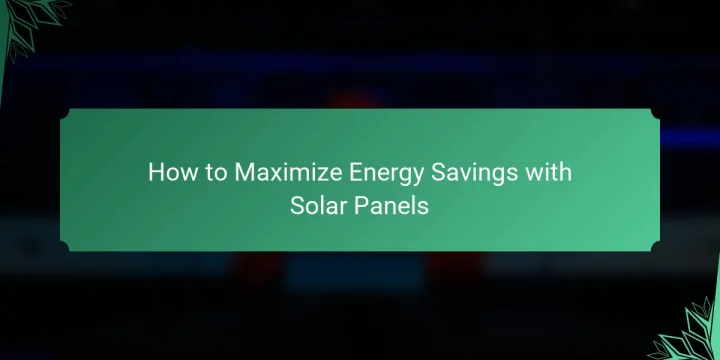
What are the financing options available for solar panel purchases? The financing options available for solar panel purchases include cash purchases, solar loans, leases, and power purchase agreements (PPAs). Cash purchases allow homeowners to pay for the system outright, maximizing savings over time. Solar loans enable buyers to borrow money to finance the installation, often with low-interest rates. Leases provide a way to rent solar panels, with monthly payments but no ownership of the system. PPAs allow homeowners to pay for the power generated by the solar system at a set rate, typically lower than utility rates. These options cater to different financial situations and preferences, making solar energy accessible to a wider audience. How do different financing options compare for solar panel purchases? Different financing options for solar panel…








